Talk Overview
Most bacterial cells are many, many times smaller than eukaryotic cells. Since they have no membrane-bound internal organelles, their cellular organization also appears much simpler. Over the last decade, however, scientists have come to understand that that bacterial cells have a cytoskeleton. Jacobs-Wagner explains that bacterial homologues of tubulin (FtsZ) and actin (MreB) are critical for cell division amongst other functions. Crescentin, a bacterial counterpart of intermediate filament proteins, gives Caulobacter crescentus its crescent shape. In addition, bacteria exhibit sophisticated spatial organization; proteins can be spatially patterned and the bacterial chromosome forms an organized structure that locates genes at specific positions in the cell.
In her second lecture, Jacobs-Wagner tells us about research in her lab into how bacterial chromosomal DNA is segregated. For distances as small as those found in a bacterial cell, diffusion can successfully distribute high copy number molecules throughout the cell. However, diffusion cannot effectively separate 2 chromosomes such that after cell division each daughter cell is likely to have one chromosome. To do this job, bacteria have evolved a partitioning system called ParABS. Jacobs-Wagner describes the how the ParABS system works to separate chromosomal DNA in C. crescentus.
Speaker Bio
Christine Jacobs-Wagner
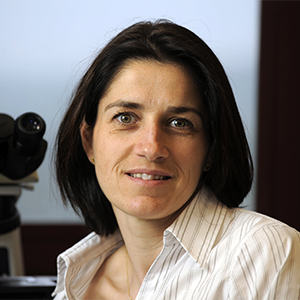
Christine Jacobs-Wagner received her BS in biochemistry from the University of Liège in Belgium and her PhD from the University of Liège and the Karolinska Institute. As a post-doctoral fellow she worked with Lucy Shapiro at Stanford University. In 2001, Jacobs-Wagner moved to Yale University where she is currently a Professor of Molecular, Cellular and… Continue Reading
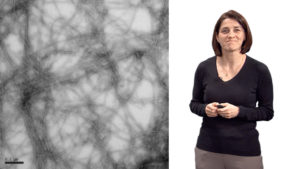
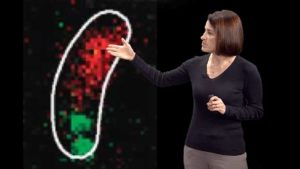
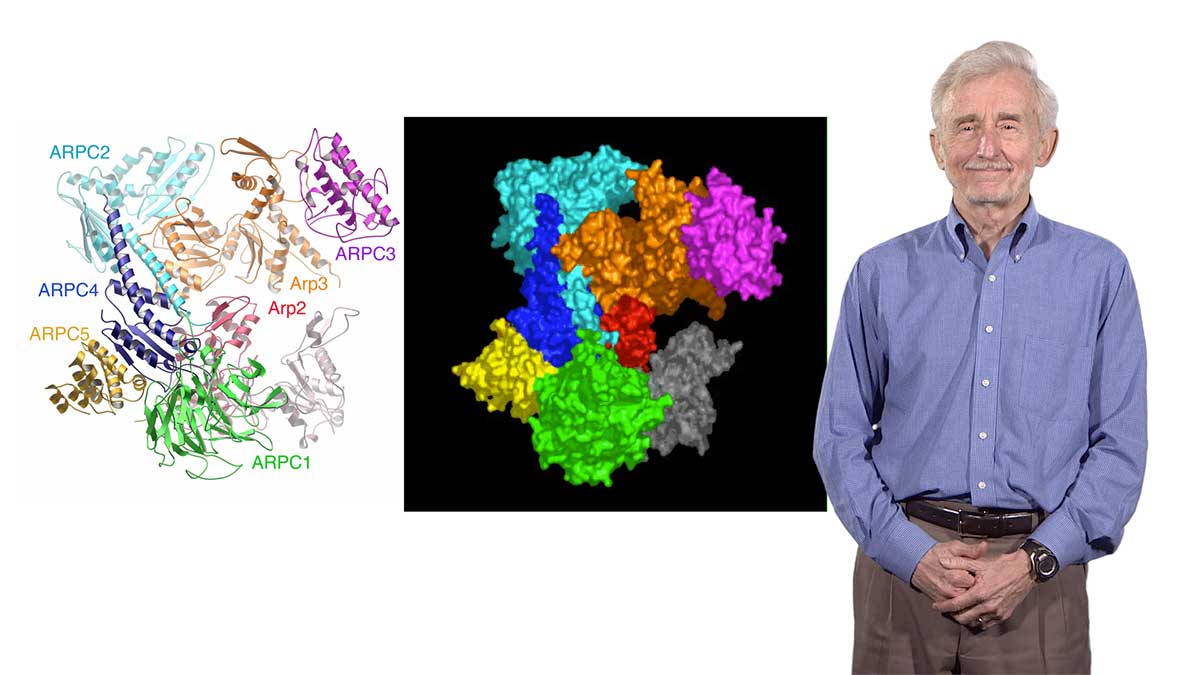
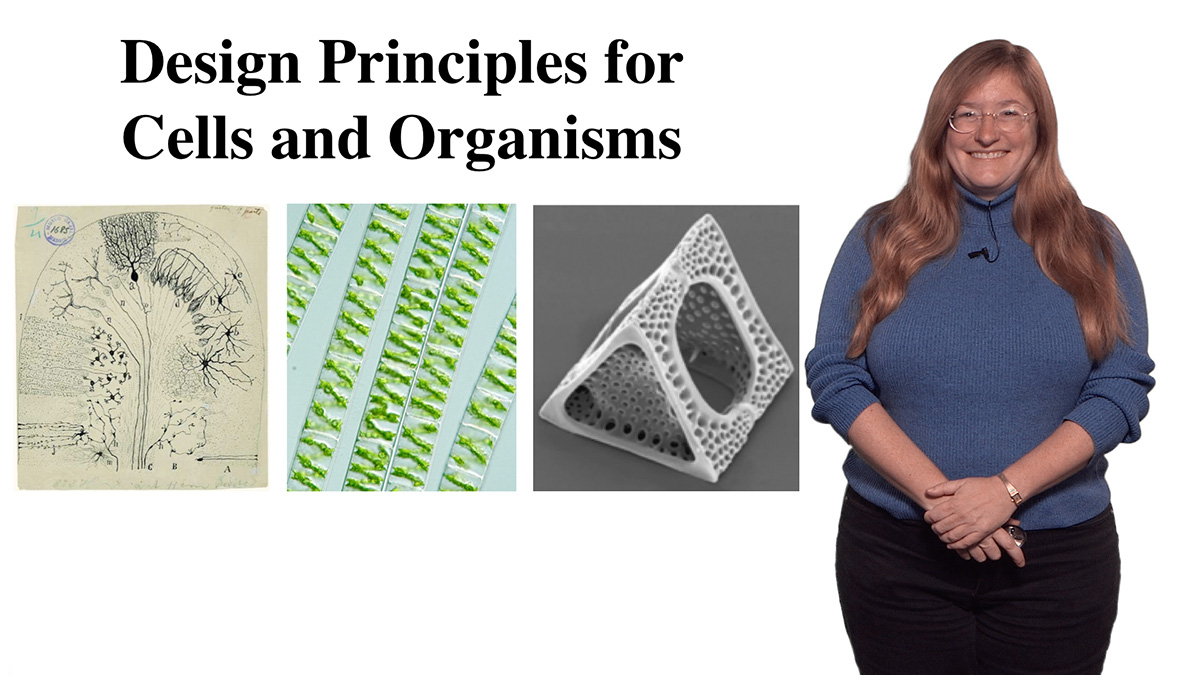
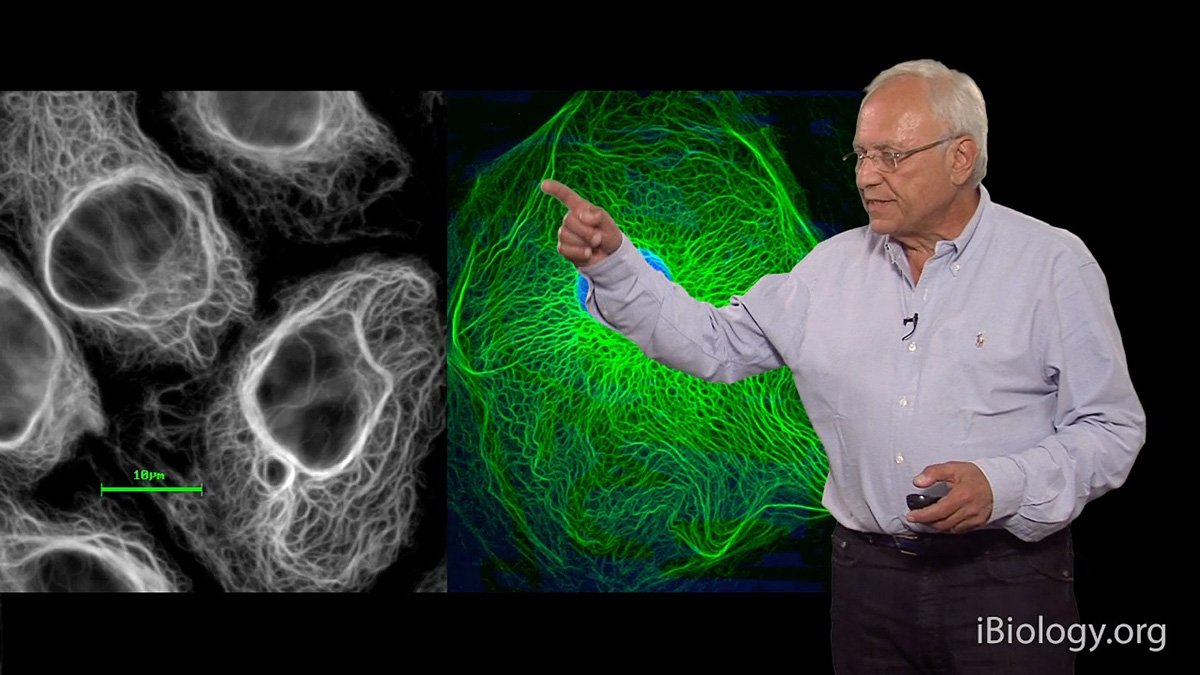
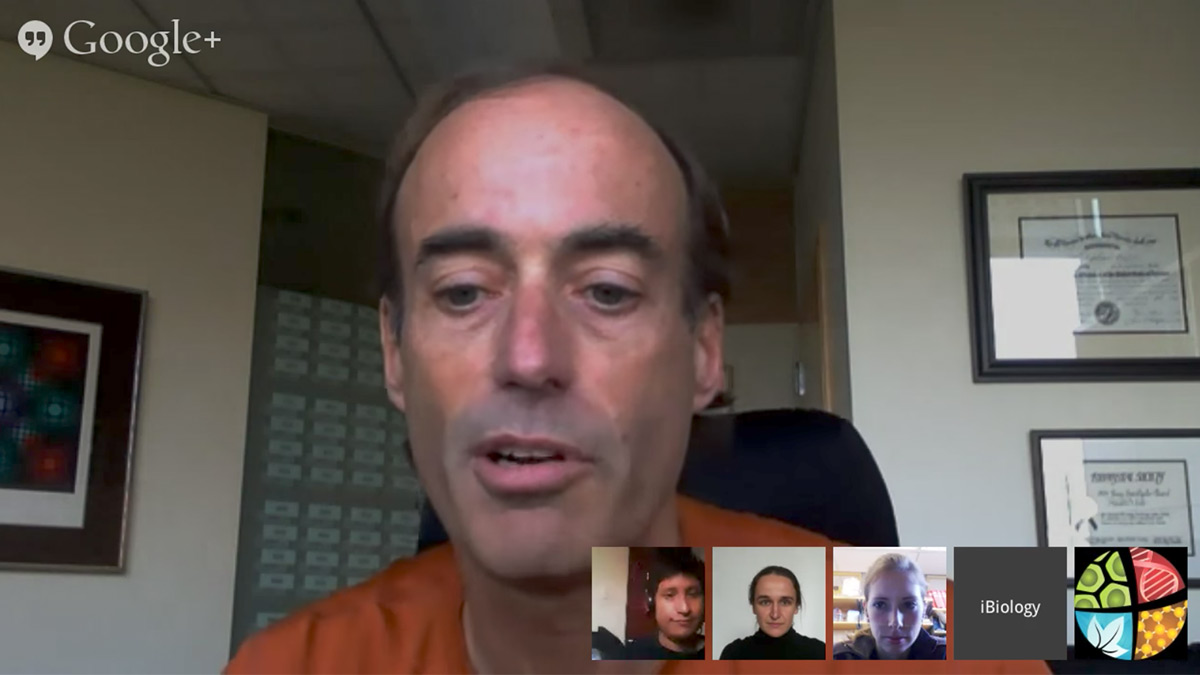





Leave a Reply